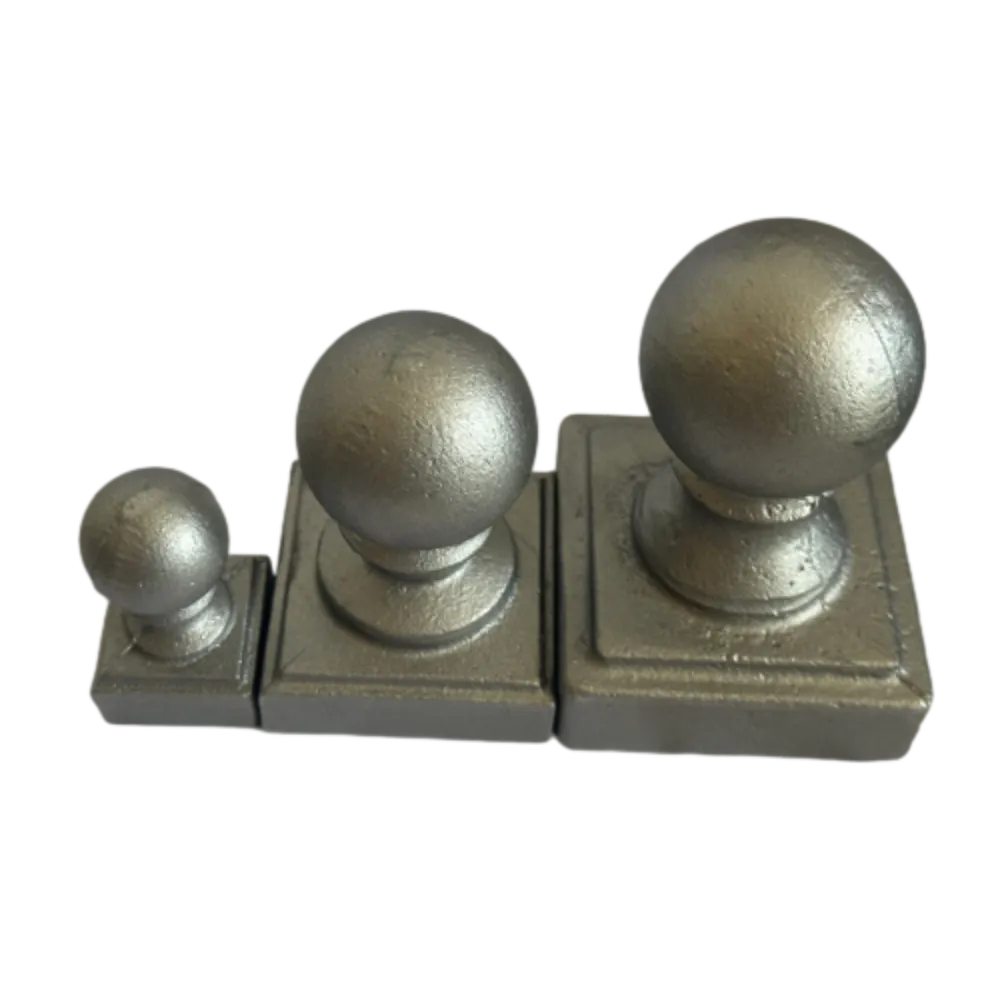what is wrought metal
Understanding Wrought Metal A Journey Through History and Craftsmanship
Wrought metal, a term often overshadowed by its more industrialized counterparts, embodies a rich legacy of craftsmanship and artistry. Unlike cast metals, which are poured into molds, wrought metals are shaped through deformation processes such as hammering, rolling, or pressing. This article explores the characteristics, history, and applications of wrought metal, highlighting its enduring appeal and relevance in contemporary design.
What is Wrought Metal?
Wrought metal refers to metals that have been mechanically worked and shaped, resulting in a material that is malleable and ductile. Commonly used wrought metals include iron, steel, aluminum, copper, and some alloys. The key feature that distinguishes wrought metal from cast metal is its processing technique. The manipulation of wrought metal enhances its strength and hardness while increasing ductility, making it ideal for various applications, from intricate designs to structural components.
Historical Significance
The history of wrought metal is intertwined with the development of civilization itself. The earliest known use of wrought iron dates back to around 1200 BC, and it played a critical role in the advancement of tools and weapons. Cultures across the globe have embraced wrought metal for its versatility and longevity. Ancient blacksmiths were revered for their skills in heating and hammering iron into functional and decorative items, giving rise to essential tools of agriculture, construction, and warfare.
During the Middle Ages, wrought iron became synonymous with architectural details, from ornamental gates to sophisticated railings. In the hands of skilled artisans, this material transformed into intricate designs that adorned castles, cathedrals, and public spaces. The craftsmanship involved in creating these pieces represented not just utility but also the artistic expressions of the time.
The Craftsmanship of Wrought Metal
what is wrought metal

The process of creating wrought metal items is an art form that requires significant skill and knowledge. The traditional techniques involve heating the metal to a malleable state and then employing tools such as hammers, chisels, and anvils to shape it. This labor-intensive approach allows artisans to imbue their creations with unique characteristics, making each piece one-of-a-kind.
In modern times, wrought metal is still celebrated for its aesthetic qualities and durability. Craftsmen utilize both traditional methods and contemporary technologies, such as CNC machining and plasma cutting, to achieve precision in their designs. The blending of old and new techniques not only preserves the legacy of wrought metal but also pushes the boundaries of what can be created.
Applications in Contemporary Design
Today, wrought metal continues to find its place in various sectors, including architecture, furniture design, and artistic sculptures. Its applications can range from the functional, such as structural beams, to the decorative, such as chandeliers and garden trellises. The versatility of wrought metal allows it to harmonize with a variety of styles, from rustic to modern aesthetics.
In architecture, wrought metal is often celebrated for its strength and visual impact. Elegantly crafted metalwork can be a focal point in buildings, blending form and function seamlessly. Additionally, wrought metal's resistance to corrosion and wear makes it an ideal choice for outdoor applications, ensuring that artistic elements endure the test of time.
The Enduring Appeal of Wrought Metal
As we advance into a future dominated by technology and mass production, the allure of wrought metal remains strong. The handcrafted nature of wrought metal items carries a story—each piece is not merely a product but a testament to the skill and dedication of the artisan. In an age where individuality and craftsmanship are increasingly valued, wrought metal stands out as a symbol of quality and tradition.
In conclusion, wrought metal is much more than a mere material; it is a bridge connecting us to our past while still thriving in the present. As we continue to appreciate the blend of functionality and artistry in wrought metal, we also celebrate the artisans who breathe life into this timeless medium. In a world that often prioritizes speed and volume, the meticulous forging of wrought metal serves as a reminder of the beauty found in patience and precision.
-
Wrought Iron Components: Timeless Elegance and Structural StrengthNewsJul.28,2025
-
Window Hardware Essentials: Rollers, Handles, and Locking SolutionsNewsJul.28,2025
-
Small Agricultural Processing Machines: Corn Threshers, Cassava Chippers, Grain Peelers & Chaff CuttersNewsJul.28,2025
-
Sliding Rollers: Smooth, Silent, and Built to LastNewsJul.28,2025
-
Cast Iron Stoves: Timeless Heating with Modern EfficiencyNewsJul.28,2025
-
Cast Iron Pipe and Fitting: Durable, Fire-Resistant Solutions for Plumbing and DrainageNewsJul.28,2025
-
 Wrought Iron Components: Timeless Elegance and Structural StrengthJul-28-2025Wrought Iron Components: Timeless Elegance and Structural Strength
Wrought Iron Components: Timeless Elegance and Structural StrengthJul-28-2025Wrought Iron Components: Timeless Elegance and Structural Strength -
 Window Hardware Essentials: Rollers, Handles, and Locking SolutionsJul-28-2025Window Hardware Essentials: Rollers, Handles, and Locking Solutions
Window Hardware Essentials: Rollers, Handles, and Locking SolutionsJul-28-2025Window Hardware Essentials: Rollers, Handles, and Locking Solutions -
 Small Agricultural Processing Machines: Corn Threshers, Cassava Chippers, Grain Peelers & Chaff CuttersJul-28-2025Small Agricultural Processing Machines: Corn Threshers, Cassava Chippers, Grain Peelers & Chaff Cutters
Small Agricultural Processing Machines: Corn Threshers, Cassava Chippers, Grain Peelers & Chaff CuttersJul-28-2025Small Agricultural Processing Machines: Corn Threshers, Cassava Chippers, Grain Peelers & Chaff Cutters












